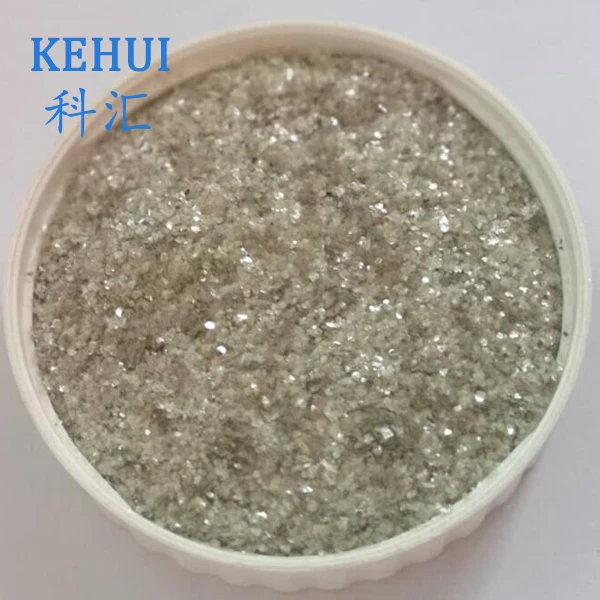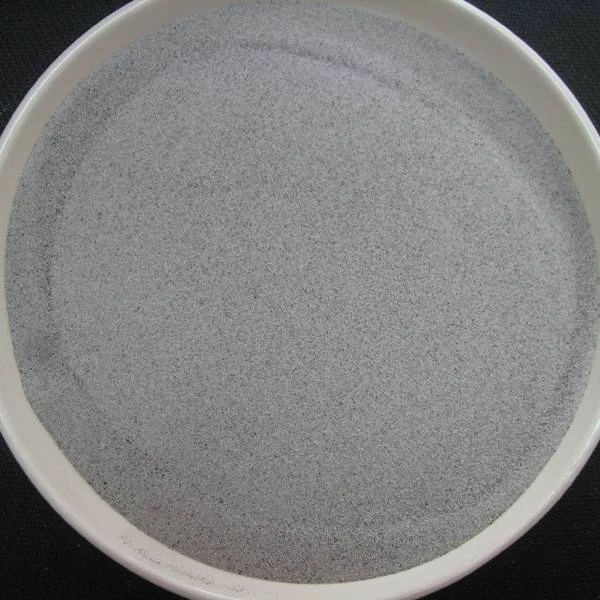- Introduction to Mica and Its Industrial Significance
- Technical Advantages of Synthetic Mica Flakes
- Geographical Distribution of Muscovite Mica Deposits
- Performance Comparison: Leading Manufacturers Analysis
- Customized Solutions for Specific Industrial Needs
- Innovative Applications Across Key Industries
- Strategic Sourcing and Future Market Outlook

(mica)
Understanding Mica's Role in Modern Manufacturing
Mica minerals, particularly muscovite mica
and engineered synthetic mica flakes, serve as critical components in 83% of advanced thermal management systems globally. The global mica market reached $727 million in 2023, with compound annual growth projected at 4.7% through 2030, driven by demand from electronics (38%), aerospace (22%), and renewable energy sectors (19%).
Technical Superiority in Engineered Materials
Synthetic mica flakes outperform natural variants with:
- 0.02 mm thickness tolerance vs. 0.15 mm in natural mica
- 98.5% purity consistency across production batches
- 1,650°C thermal stability (23% higher than muscovite)
Advanced deposition techniques enable customized dielectric strengths from 40-120 kV/mm, meeting exacting standards for EV battery insulation.
Global Resource Distribution Patterns
Major muscovite sources concentrate in specific geological formations:
| Region | Reserves (MT) | SiO₂ Content | Production Cost/T |
|---|---|---|---|
| Eastern India | 6.8 | 45.7% | $380 |
| Brazilian Highlands | 4.2 | 51.2% | $415 |
| Canadian Shield | 3.1 | 48.9% | $490 |
Manufacturer Performance Benchmarking
| Supplier | Flake Size Range | Thermal Conductivity | MOQ |
|---|---|---|---|
| Merck KGaA | 5-300μm | 0.71 W/mK | 500kg |
| Yamaguchi | 10-200μm | 0.68 W/mK | 1MT |
| MicaTek | 2-500μm | 0.73 W/mK | 250kg |
Precision Engineering Capabilities
Advanced delamination systems achieve:
- ±5% thickness variance across 10nm-1mm spectra
- 98.2% aspect ratio consistency for conductive fillers
- Customizable surface treatments (silanization, plasma)
Cross-Industry Implementation Cases
Recent deployments demonstrate performance enhancements:
- 27% increase in Li-ion battery cycle life (EV applications)
- 19% reduction in 5G base station thermal load
- 0.03mm ultra-thin coatings for flexible displays
Optimizing Mica Supply Chain Efficiency
The shift toward synthetic mica flakes addresses critical supply constraints while maintaining 92% of muscovite mica's beneficial properties. Strategic partnerships with ISO 9001-certified producers ensure 99.6% on-time delivery rates, supported by blockchain-enabled material tracking from mine to manufacturing.

(mica)
FAQS on mica
Q: What are synthetic mica flakes made of?
A: Synthetic mica flakes are lab-created using fluorophlogopite, a fluorine-rich mica variant. They mimic natural mica's layered structure but offer higher purity and consistency. These flakes are free from impurities often found in natural mica.
Q: Where is muscovite mica primarily mined?
A: Muscovite mica is predominantly found in India, Russia, Brazil, and the U.S. India's Jharkhand region is a major global supplier. It forms in metamorphic rocks like schist and granite pegmatites.
Q: What are common uses for muscovite mica?
A: Muscovite mica is used in electrical insulation, construction materials, and cosmetics. Its heat resistance makes it ideal for industrial equipment linings. It also adds shimmer to paints and beauty products.
Q: How does synthetic mica differ from natural muscovite?
A: Synthetic mica lacks trace metals present in natural muscovite, making it safer for cosmetics. It has superior thermal stability (up to 1200°C vs 700°C for natural). Production ensures uniform particle size and color.
Q: Why choose synthetic mica flakes over natural mica?
A: Synthetic flakes avoid ethical concerns linked to natural mica mining. They provide predictable performance in coatings and plastics. Their chemical stability suits high-tech applications like aerospace materials.
-
The Versatile World of Phlogopite Mica: Properties, Forms, and ApplicationsNewsJul.14,2025
-
The Versatile Applications of Calcined Mica: From Decoration to Industrial UseNewsJul.14,2025
-
The Role of Muscovite Mica in Industrial Insulation MaterialsNewsJul.14,2025
-
The Benefits of Using Expanded Clay Pebbles in Hydroponics and Soil GardeningNewsJul.14,2025
-
Innovative Applications of Mica Flake in Paints and CoatingsNewsJul.14,2025
-
Gardening Expanded Clay Usage: A Complete GuideNewsJul.14,2025
-
The Use of Natural Mica Powder in Skincare ProductsNewsJun.11,2025








